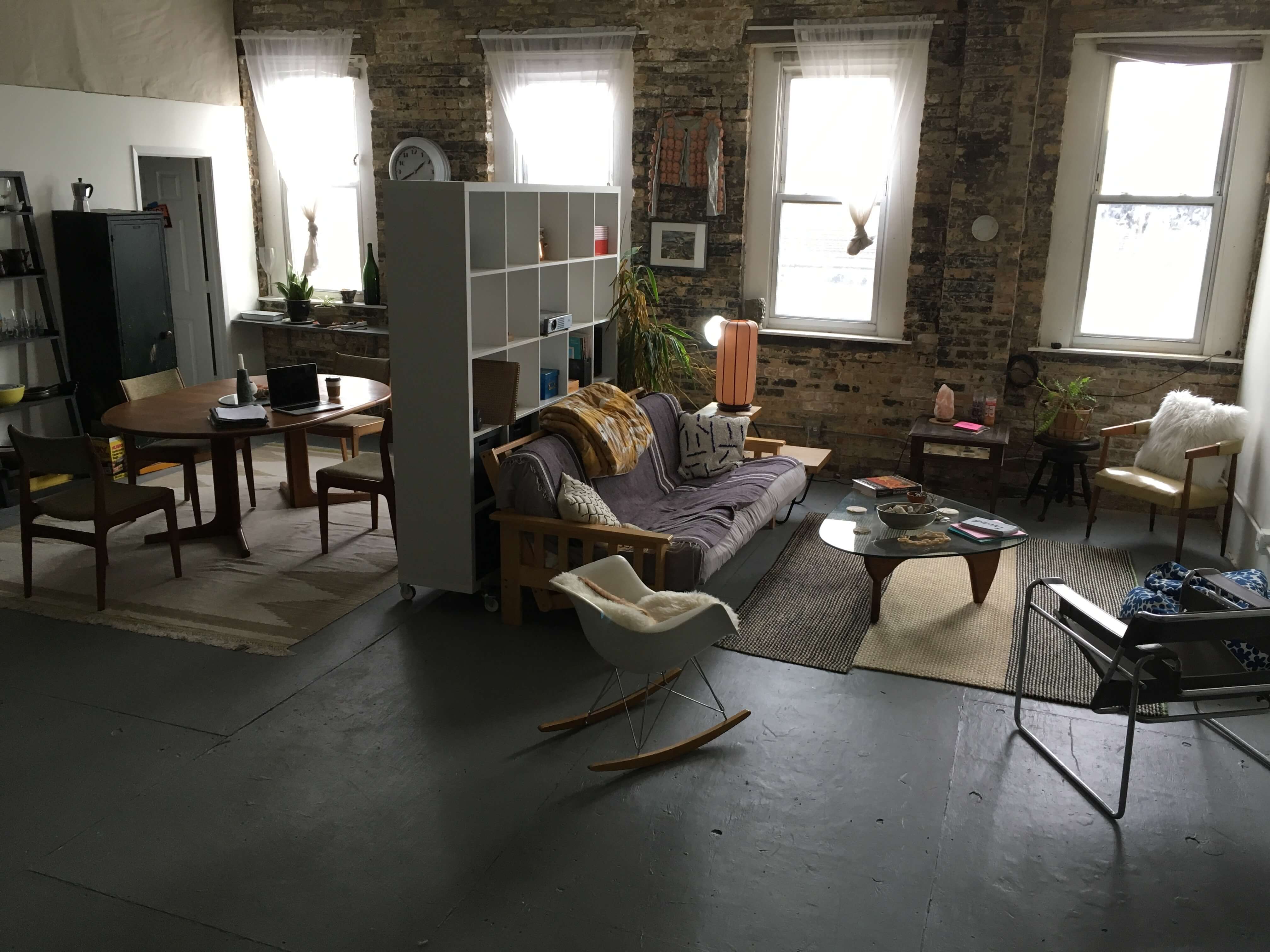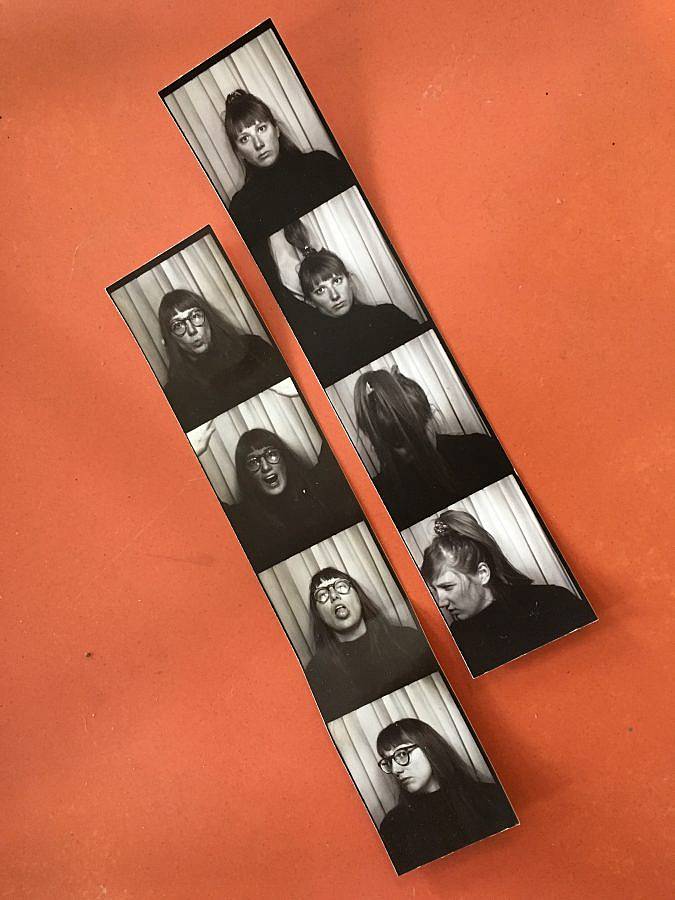Tell us a little bit about yourself and what you do. How did your interest in art begin? This answer is pretty cliché, but honestly I have always loved art. I have an early memory of drawing on the walls in the apartment I grew up in. My parents were really supportive of my interest in art (except for when I drew on the walls haha). I grew up in Manhattan so I had the privilege of art museums being accessible to me at an early age.

What are some recent, upcoming or current projects you are working on? I recently moved to a space in East Garfield Park, formerly the project space called New Capital. Right now my biggest project is getting it set up for myself as a live/work space. I am also considering building it out to be studios for other artists or start a project gallery of my own or with collaborators. It has taken away from my own studio practice recently, but I know that it will pay off in the long run.
If you had to explain your work to a stranger, what would you say? I have always found this challenging, especially when talking about performance art, sometimes people think you’re joking! But I usually say that my work uses the body and live images that evolve over time, along with sculpture, garments, and video.

What have you learned about yourself and practice through working collaboratively. What I love about working collaboratively is that it frees yourself from your own rules or ideas about what your work is supposed to be. It can be really refreshing and fun to change it up and to work with someone who has a different perspective and sensibility.
What was the last exhibition you saw that stuck out to you? Melina Ausikaitis’ show at Regards a few years ago blew me away. More recently I loved Manal Kara’s show at Boyfriends, and Karolina Gnatowski’s show at Julius Caesar. Over the summer I saw Anne Imhof’s performance “Faust” in the German Pavilion at the Venice Biennale and it was killer!

What’s your favorite thing about living and working in Chicago? I love how supportive artists are of one another. So many of the people who I know here have their hands full with all different kinds of projects — like maintaining their own studio art practices while curating shows and teaching and writing and playing in a band and designing websites. I find that kind of dedication and engagement really inspiring.
Describe your current studio or workspace. Like I mentioned earlier, I just moved to a new space that is a combination of my home and studio. I have a large studio space that is a mess right now but I am working to make cozier.

As a performer, you are both the image and image-maker. Can you talk about the role of personal identity within your work? I think this relationship has shifted for me over time. But including myself in the work enables me to confront challenges or expectations in a way that I can’t do in life. I think my work also deals with the tension of identifying as queer and feminist but also admitting how much I succumb to standards of patriarchy and heteronormativity, especially in romantic relationships. Sometimes in my performances there are live moments of really trying to work through ideas of romance and sex (the differences between them, and the space between them). I turned to performance also because I started to see a relationship with my background as an athlete and playing sports growing up. To me, the headspace of a performance and that of a sports game are very similarly charged. As a woman, I always felt there were certain things I was “allowed” to do only in the context of sports but not in other moments of my life. In particular, when I played rugby in college, it really was the first time I allowed myself to be aggressive, and to use my body in ways that I had never used it before.

What is your favorite part about teaching art? Can I say two things? I love that I get to talk to my students about what they are inspired to make. I learn so much from them, and I have learned a lot about myself in this process too. Secondly, I have incredibly talented and dedicated artists and thinkers as co-workers and that is a wonderful environment to work in.
What is one of the bigger challenges you and/or other artists are struggling with these days and how do you see it developing? As an artist you have to wear a lot of hats. You have to maintain your studio practice, while also being your own arts administrator, keeping an up to date website, scheduling meetings, keeping on top of deadlines for applications, and being an advocate for your work (which for me or anyone who is introverted is particularly challenging). In addition, you need to make enough money to keep all to these things going.

Can you share one of the best or worst reactions you have gotten as a result of your work? I think when you get no reaction, that is really the worst because it’s hard to propel your work forward with that. Even if someone responds negatively to your work, it tends to stick with you and either make you reconsider what you have been doing, or make you more confident in your decisions. When someone gives you a generic reaction like, “good job!” that is the least inspiring, even if it is meant to be nice or supportive.

